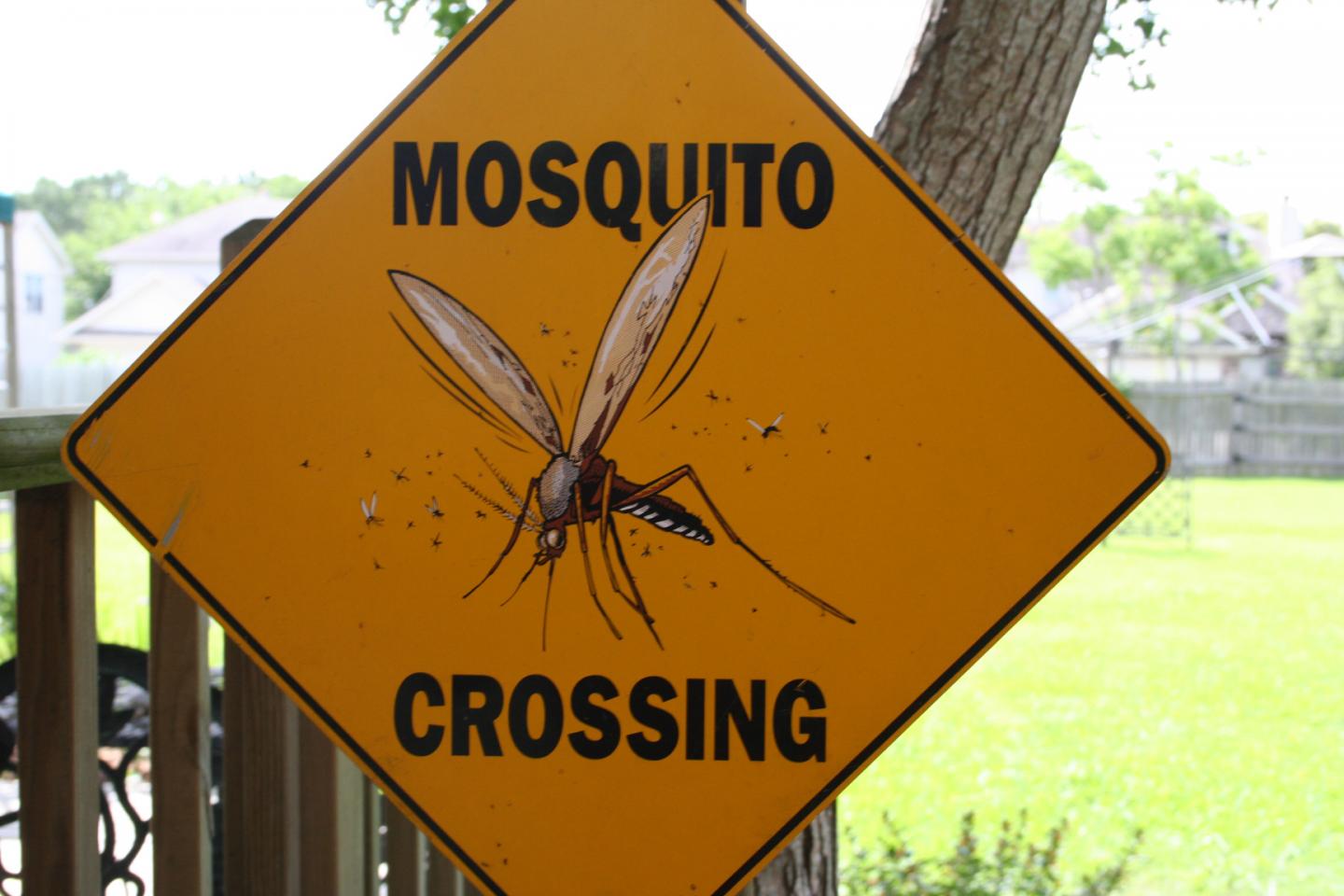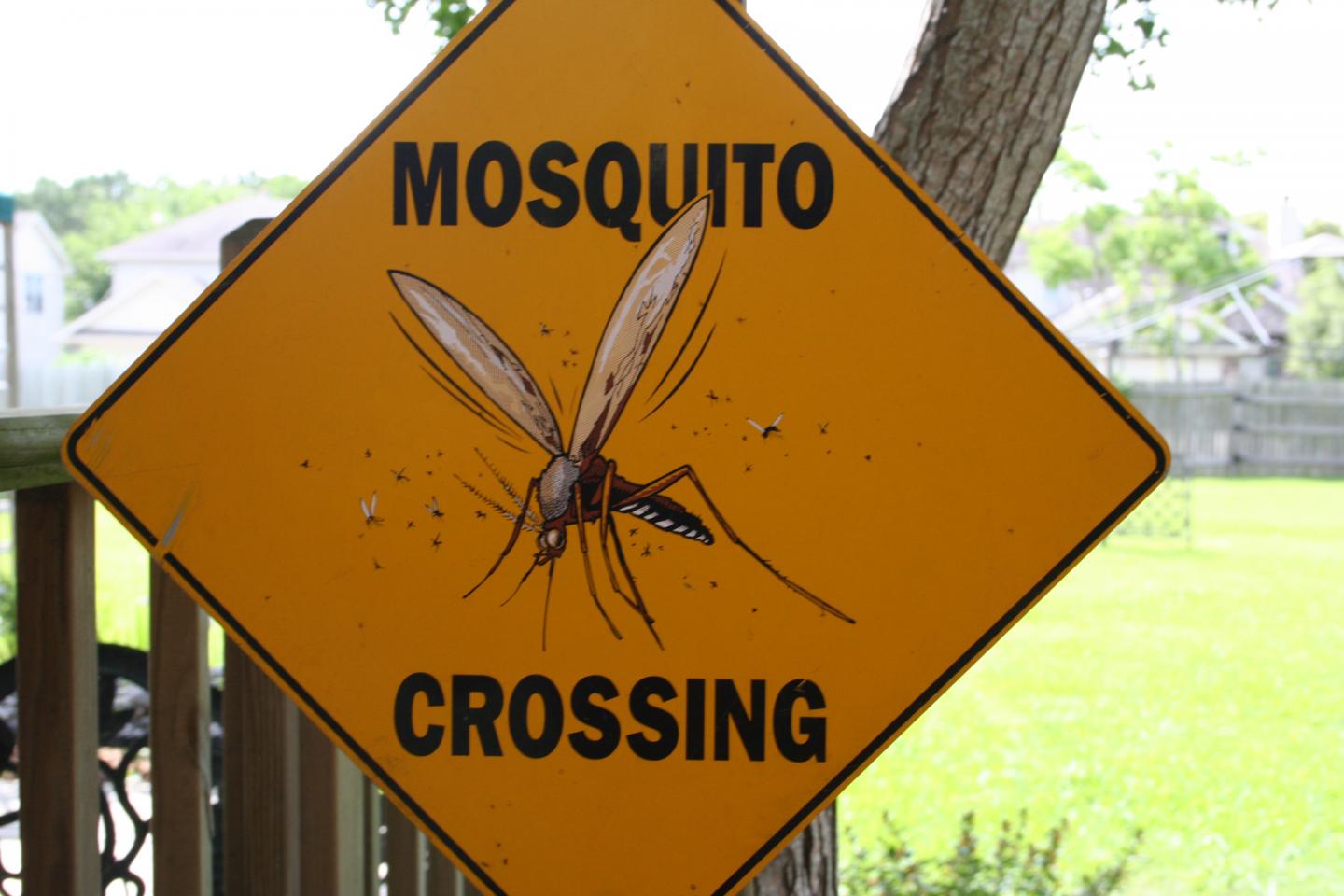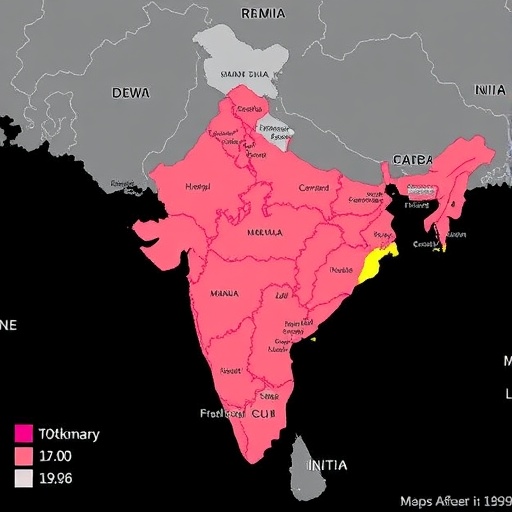
Credit: N/A
- Improved disease surveillance needed to prevent dengue threat
- Social factors linked to trends in dengue outbreaks
- Overseas and interstate travellers pose threat in transmission of dengue across Australia
- Rainwater tanks, housing style and economic status identified as potential dengue risk factors
First author of the study published in PLOS One, Rokeya Akter from QUT's Institute of Health and Biomedical Innovation (IHBI), said overseas and interstate travellers posed a significant threat in the transmission of dengue across Australia.
"Dengue is a major public health concern, with the severity of incidence increasing globally 30-fold in the past 50 years," she said.
"We know climatic conditions are closely linked to outbreaks of dengue infections in Australia and overseas.
"This study, has for the first time, looked beyond weather patterns (temperatures and rainfall) to identify trends in other risk factors linked to dengue infection.
"Overall, an increasing trend of dengue and in potential socio-demographic factors such as overseas arrivals, having rainwater tanks, house types and economic status were found across Australia."
Ms Akter said because dengue was a mosquito-borne disease transmitted from human-to-human by the bite of an Aedes mosquito, travellers entering Australia from dengue endemic countries posed a significant threat to outbreaks.
Dengue is spread by two species of mosquito of the Aedes type and transmitted by a mosquito bite from an infected human to a non-infected human.
"In addition, illegal shipping and cargo vessels increase the chance of virus distribution to other non-exposed states and also increase the risk of exotic mosquito importation into Australia.
"Even with upgraded inspection protocols placed in different ports in Australia, this study raised concern about the re-emergence of the Aedes mosquito due to a history of incursion and the extreme survival capacity of the Aedes eggs."
Ms Akter said there were several mosquito control programs and strategies in place in Australia to monitor and eliminate the Aedes species including the use of traps, briquettes, insect growth regulators and bio-controls.
"However, current programs focus on dengue risk areas and not the risk posed by returned travellers from dengue endemic countries, especially during times of outbreak.
"One option is to increase surveillance and monitoring of travellers arriving in Australia to control the importation and transmission of dengue virus."
Other social factors raised in the study that may pose a risk to increased spread of infection include:
Ms Akter said while more than 53 per cent of dengue cases were found in Queensland, it was the absence of the Aedes mosquito that prevented other states and territories from experiencing similar dengue infection rates.
"The climatic conditions in NSW, Northern Territory and Western Australia follow similar trends and we have also found similar patterns in social factors," she said.
"If the distribution of Aedes mosquitoes expands to other parts of the country under changed climate and owing to availability of socio-ecological factors, this poses a future threat on local transmission of dengue across Australia.
"Therefore, it is essential to consider the importance of placing upgraded mosquito surveillance at different ports to reduce the chance of disease-transmitting mosquitoes being imported all over the country."
###
The paper is available here http://journals.plos.org/plosone/article?id=10.1371/journal.pone.0185551
Media contacts:
Sandra Hutchinson, QUT Media, 07-3138-9449 (Tue/Wed) or [email protected]
After hours: Rose Trapnell, 0407-585-901
Media Contact
Sandra Hutchinson
[email protected]
@qutmedia
http://www.qut.edu.au
Original Source
https://www.qut.edu.au/news?id=125080 http://dx.doi.org/10.1371/journal.pone.0185551





